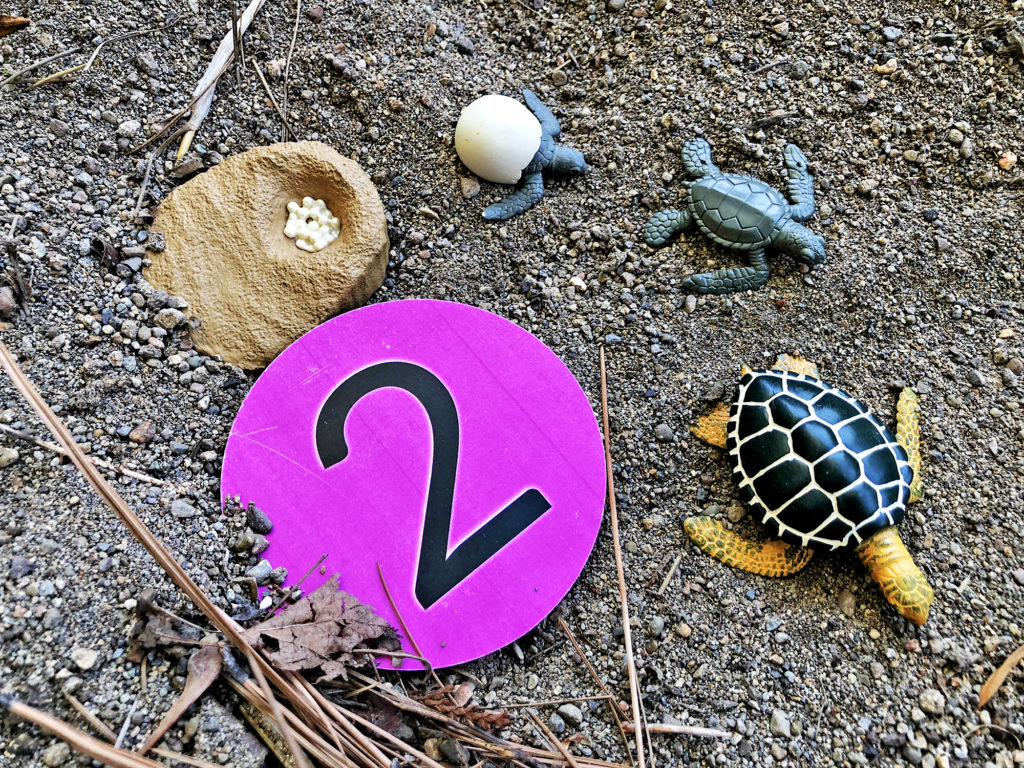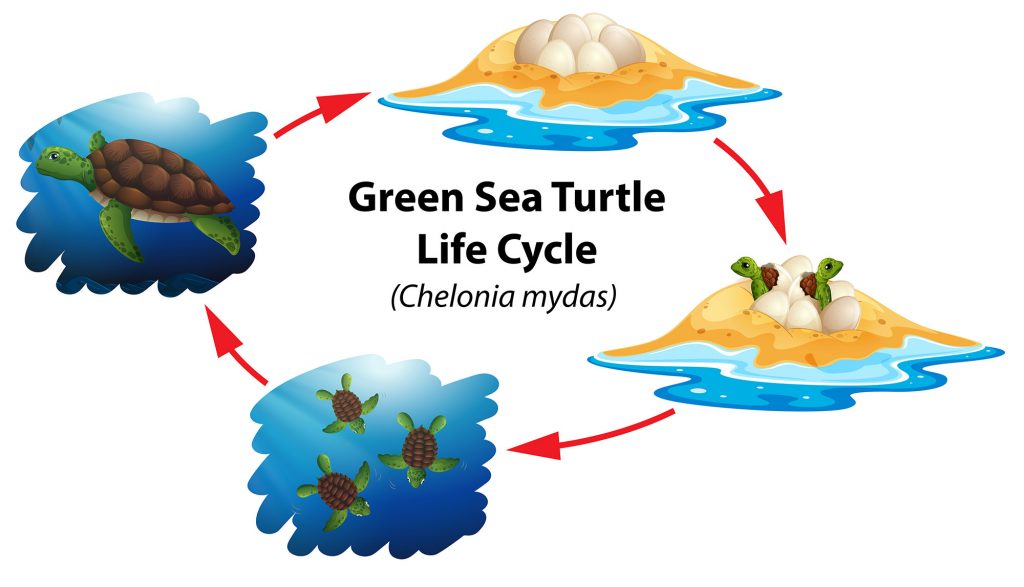
Development
Development
After fertilization, a single cell can become trillions of cells with specialized functions.
Learning Objective: Outline the steps that occur after fertilization, including how DNA directs development and factors that can impact this process.

This is one of the frontiers of science: understanding how a single fertilized egg can develop into millions, billions, even trillions of cells with a variety of specific structures and functions.
Organisms follow a specific process of development. Genes turn on and back off, proteins are made for a brief period of time and may never be made again in that organism’s body.
This video introduces development with one of the most frequently researched organisms, the fruit fly (Drosophila melanogaster).
Watch this video; you can select the closed captioning “cc” option if you would like to see the text.
Many people experience development by raising chickens. The chicken eggs we eat are typically not fertilized, but if an egg is fertilized and kept warm enough, you can have chicks hatching out in about three weeks.
Under the microscope, embryonic cells can be seen beginning to form organs.
Development depends on cell specialization; different cells developing different structures and functions.
Development is particularly impressive in animals that undergo full metamorphosis like the mealworm darkling beetle (Tenebrio molitor).
This poster is a good pictorial representation of mealworms. Consider where mitosis and meiosis occur in the life cycle.
Our mealworm colony has been going for about five weeks; there are larvae everywhere.

Sea turtle development and overall life cycles are studied because they are often vulnerable in their early life stages. Hatchling turtles have to leave sandy nests, swim against ocean waves, and travel to distant feeding and mating waters.
The largest turtles that ever lived are extinct, but include many of the characteristics of living turtles.
Video is shot at Prehistoric Gardens in Gold Beach, OR. We’ll have more about this location in module 7.
A key step in development for many animals is the formation of organs for breathing. The gills or lungs move oxygen into the body, a molecule organisms need for cellular respiration.
The next section explores cellular and organ system levels of respiration.











